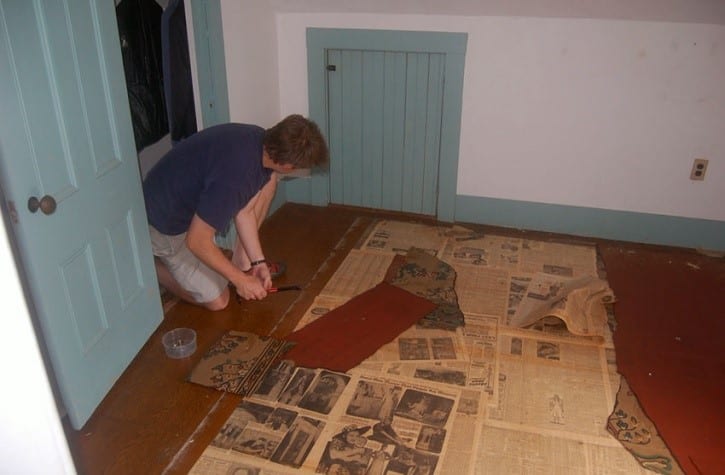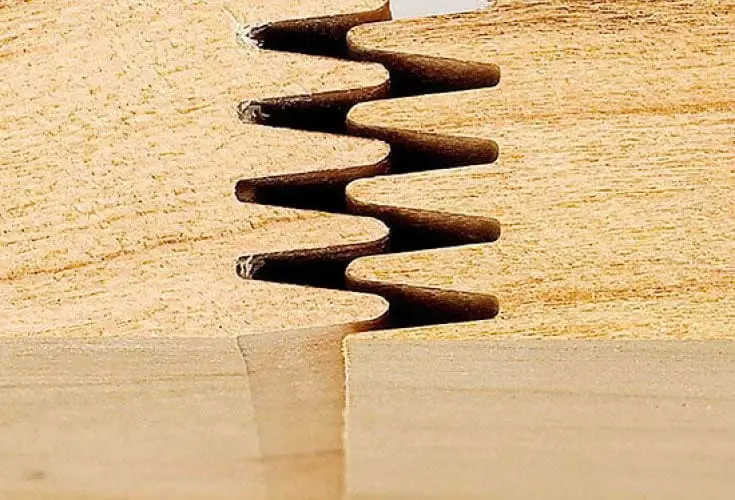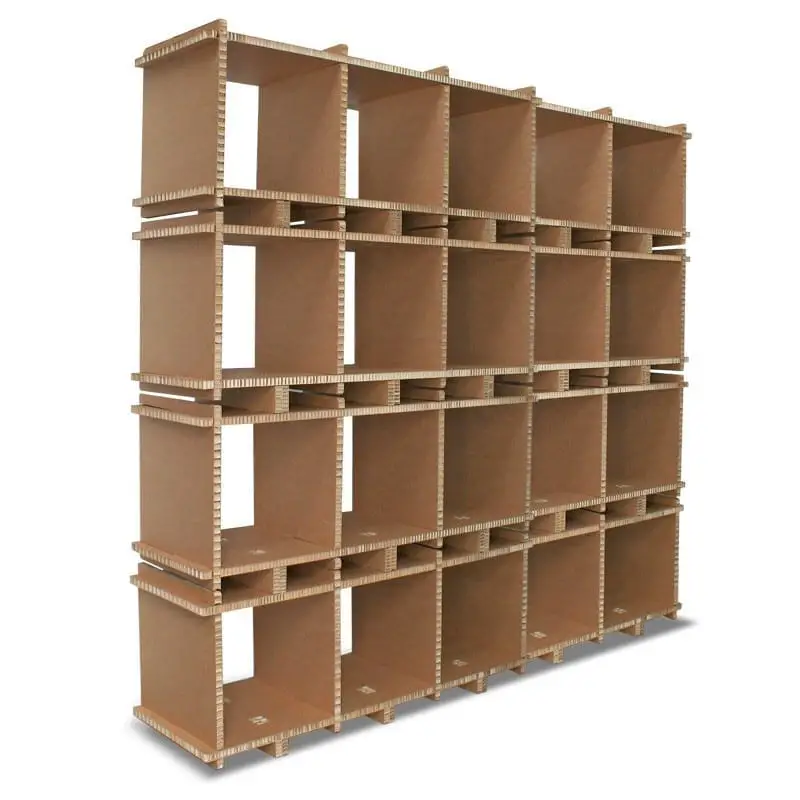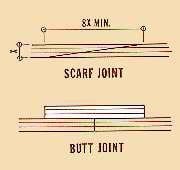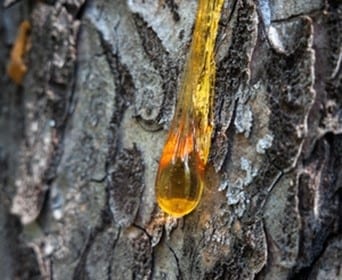Linoleum flooring has been around for decades. This flooring is made from plastic and keeps wooden and stone floors protected. Linoleum can be of different color, styles, and designs. But for a simple, classy home, it’s best to use linoleum with simpler designs and natural colors. But as great as it may seem, it is quite hard to remove linoleum especially when it has been on your floor for ages. How to remove linoleum on wood will be discussed in this special guide.
Removing linoleum basics
Removing linoleum is not as easy as you may think. You need to work efficiently so you can remove linoleum fast and completely as well.
Things you will need
- Sharp utility knife
- Heat gun or hair dryer
- Scraper
- Petroleum jelly
- Steamer
- Protective garments (gloves, goggles and face mask)
Instructions
Preparing the linoleum for removal
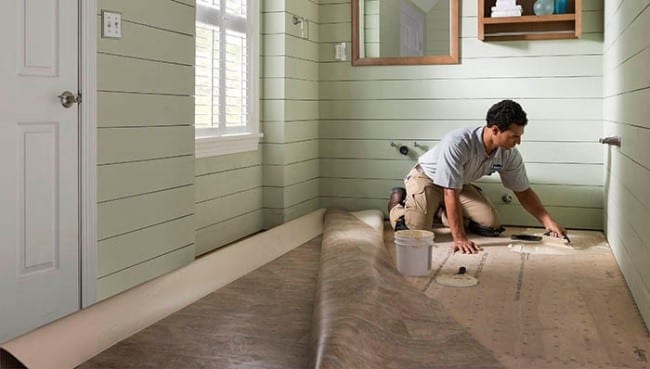
Source: https://www.lowes.com/projects/bed-and-bath/Install-Sheet-Vinyl-Flooring/project
It is easier to remove linoleum in smaller pieces. Cut it into 2-inch strips using a sharp utility knife. Use a heat gun to apply heat on the linoleum topper for easy removal. Consider heating one section at a time with a heat gun. If you don’t have a heat gun, a hair dryer may work.
Peel back the strips manually. Start by lifting the edges using a 5 in 1 tool or hand scraper. You may have the backing to deal with if the linoleum was bonded when it was installed. Use a vinyl floor scraping machine. Rub a bit of petroleum jelly on the scraper blade so it can slide easily and remove the linoleum. You can rent these machines from a tool rental company.
Removing adhesive paper
Warning: if your linoleum is very old and the underlayment is difficult to remove, consider an experienced professional to remove it for you.
Use a scraper tool to remove linoleum on delicate floors. Apply moderate to extreme pressure depending on the strength of the adhesive underneath. This can take a bit longer to do but nonetheless, it won’t damage hardwood at all.
Using a heat gun

Use a heat gun for removing the adhesive, just like what you did to remove the topper. The heat gun softens the adhesive and makes this easier to remove.
Use boiling water
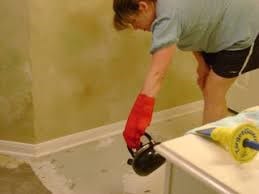
Source: http://frazzledmomparty.blogspot.com/2009/07/how-to-remove-linoleum-from-concrete.html
For more durable floors, heat the adhesive with boiling hot water and allow this to remain on top of the floor for approximately 15 minutes. Apply water if the subfloor is concrete or replaceable plywood.
To let hot water work without causing flooding or a mess, line sections of the floor with old towels. Pour hot water over the towels. Let the towels absorb most of the water and heat up the adhesive. Wait 15 minutes to remove the wet towels.
Using a sharp blade

Source: http://www.adorablyshabby.com/category/removing-linoleum-glue/
You may also cut the floor open in several places with a sharp blade. From the openings, you can pour stripping material into the gaps to loosen the linoleum. Scrape the adhesive with a manual scraper. Use a larger scraper for moistened adhesive.
Using a wallpaper steamer
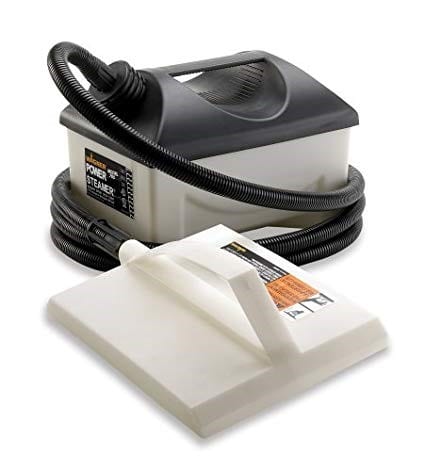
Source: https://www.amazon.com/Wagner-Products-1-Gallon-Wallpaper-Steamer/dp/B0009XEL4O
Instead of using wet hot towels, you may also use a wallpaper steamer. Get the steamer warmed up and place the applicator pad of the steamer on the adhesive and let it steam for 60 to 90 seconds. The adhesive will be very easy to remove after applying steam. Remove with a scraper tool.
Finishing process

Source: http://www.ohhellologan.com/wood-floor-stripper/luxury-idea-wood-floor-stripper-hardwood-floors-without-sanding-astonishing-elegant-design-0/
Use a chemical stripper to any stubborn adhesive. Check the manufacturer’s instructions on how to use the product before you apply it on your floor. Most chemical strippers contain the same active ingredients found in paint strippers and these may be purchased from a local hardware store.
Remove the adhesive with a scraper tool. You can also scrape away the treated adhesive with a putty knife to remove any existing material. Most of the adhesive should have been removed before applying the stripper, therefore, this should be fairly easy.
Clean the newly exposed wooden floor by sweeping or vacuuming. You may also polish your wooden floor since it has been kept too long under a linoleum cover. Apply polish that is applicable to your floor’s finish.
Conclusion
Removing linoleum is a painstaking process but no doubt that it will reveal your lovely wooden floor after you are done. Be sure to use commercially-prepared products safely and according to the manufacturer’s instructions to prevent damaging your wooden floor underneath.
